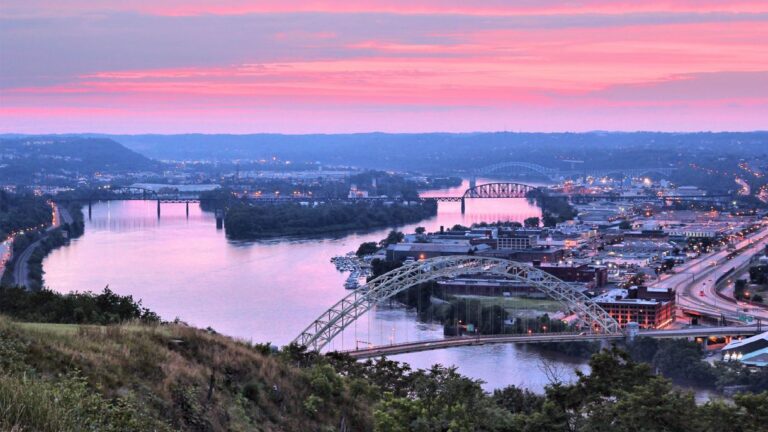In addition, all communities anchored by one of the region's many top-tier research universities (such as Iowa City, Ann Arbor and State College) thrive in an economic era dominated by talent and innovation.
Many other Midwest communities that are neither major metros nor home to top research universities have also found paths to new success, embracing the forces of economic change and building on their distinctive strengths to create a new era of economic vitality.
These include cities such as Columbus, Indiana. Midland, Michigan; and Rochester, Minnesota—cities that thrive as their employers stay on the cutting edge of innovation in emerging fields. Others—like Rockford, Illinois, and Troy, Michigan—succeed by engaging economically and socially with the world, selling to global markets, and welcoming immigrant talent and new populations. Grand Rapids, Michigan and Milwaukee are growing their economies and revitalizing their communities through leadership in the green and blue economies of tomorrow, building a foundation in environmental sustainability and smart water technologies. Kalamazoo, Michigan, and Georgetown, Kentucky, succeed in branding themselves either as highly educated communities or as places that have workers equipped with the skills needed to compete in a changing economy.
Others, such as Eau Claire, Wisconsin, and Brown County, Indiana, capitalize on specific local advantages of natural location, historical and cultural features, and a distinct quality of life. Still others, like Minneapolis-Saint Paul, having turned the economic corner, are accelerating growth by creating inclusive communities and shared prosperity.
Additional efforts can be made to support communities that are making progress but have not yet fully turned the corner. In this report, we propose a new designation for such cities and towns: 'Communities in Transition'. Deliberate and strategic efforts on the part of Midwest public and private sector leaders, combined with a federal designation allowing for increased financial assistance, can help support these and other communities to thrive in the new economy as the old fades. And when Midwest communities find economic market in this new era, their residents are often more optimistic, forward-looking, less responsive to nativism and nostalgia, and less inclined to withdraw from the world.
Accelerating economic change throughout the Midwest
Today there are two Midwests. While many communities have successfully outgrown their industrial shell and have diversified and dynamic economies, the region is also home to the nation's largest number of older industrial communities that, having lost their employer anchors, remain adrift.
The region's uneven success in adapting to economic changes and residents' concerns about the future put the Midwest on the map in 2016, when key Midwestern states played a pivotal role in the US presidential election.
As we enter 2020 and the focus remains on the people and places of the Midwest, the region's leadership, as well as national leaders who want to cultivate new economic opportunities for Americans in many left-leaning places, must articulate and make real a positive, outward-looking economic vision for the region's future—an action agenda that reaches citizens and communities across the Midwest, supporting the region's many economic strengths, addressing its unique challenges, and helping residents adapt successfully to today's disruptive forces of automation, global interdependence and demographic change.
The good news is that the region has strong assets that are hugely important to today's economy. Home to globally active companies and manufacturers, the Midwest remains a huge home market with an unrivaled network of top universities and colleges that, per capita, produce a greater share of US talent and innovation.
As climate change increasingly burdens other regions, the Midwest's natural assets provide a refuge and sustainable platform for population and economic growth. With rich farmland and 20 percent of the world's surface fresh water in the Great Lakes, the Midwest also has other valuable natural amenities. These include 10,000 miles of freshwater shoreline along the Great Lakes, thousands of inland lakes, countless rivers and forests, and many scenic and recreational areas. The Midwest is also home to communities with a rich quality of life and iconic architecture, arts, culture and history – communities warmed by Midwestern traditions and values and providing a cost of living 20 percent lower than elsewhere in the country.
But to succeed evenly, the region must also confront head-on the unique challenges presented by an economy and society built during the region's 20th-century heyday: a lack of capital to turn the region's innovation into new jobs; and businesses. many workers with only a basic high school education in a workplace defined by increasing skill requirements. and an economic security system of pensions, health care and unemployment adjustment built for the industrial age that does not support the region's workers today.

